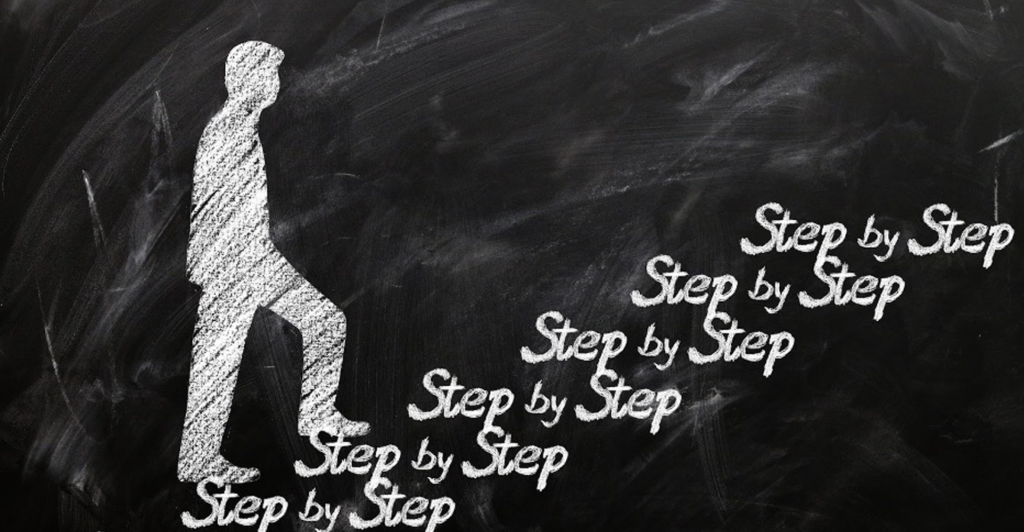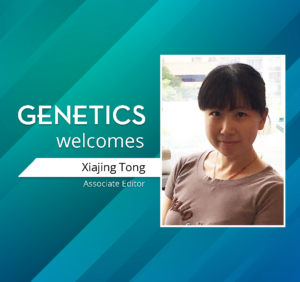By Michelle Jonika
After graduate school or a postdoc, the ultimate goal is to get a job. For some, the goal would be to stay in academia; for others, to transition to industry. Some have thought about specific careers or companies to work for in the future. However, not many of us have considered designing an approach to make tough life choices and choosing the appropriate path for personal career goals. With a design-thinking approach, which enables users to understand themselves and their career drivers better, users can gain confidence by reimagining their PhD or postdoc experience while preparing for future career decisions.
What is the goal of the design-thinking approach?
Design-thinking uses a creative and collaborative approach to discuss critical questions or major decisions surrounding career options. This approach addresses problem-solving from a human-centric perspective and focuses on mindfulness surrounding the process with a bias towards action. The design-thinking approach also uses radical collaboration and prototyping culture elements to elucidate creative solutions. Applying design-thinking to strategize and prepare for the future can improve career development success rates and increase confidence in future career decisions.
What steps should I take in a design-thinking approach?

Design-thinking is, first and foremost, a collaborative experience. Therefore, it would be beneficial to discuss or share personalized thoughts throughout each of the following steps with lab members, peers, or even a supervisor. These exercises can drive brainstorming and discussion throughout the design-thinking process and facilitate a conversation on career development within everyday spaces.
1) Empathize: Empathy is foundational to a human-centered approach in the design-thinking process. Take time to understand yourself and others within a chosen group.
For example, consider the following:
- I lose track of time when I am working on/doing ________ because ________.
- My ideal work environment is ________ because ________.
- When I am stuck on a problem I ________ because ________.
- I am most interested in pursuing ________ although I am curious about ________.
- My biggest open question in thinking about my future is ________.
- I also have some doubts about ________.
- What I am most worried about is ________.
2) Define: Define what matters to you in life. First, unpack and synthesize discoveries made during the empathy assessment. Then, transform these observations from the first step into specific and meaningful insights that can elicit a challenge for yourself.
Consider experiences in a current role or other occasions such as student groups or volunteering. Think about the roses—things that you consider strengths, successes, or something enjoyed from these positions; consider the thorns—the weaknesses, challenges, or things you dislike about these positions. Then, in the back of your mind, think of opportunities that may best benefit the items identified as roses and thorns.
As a follow-up to this first part, open up “Ph.D. Career Choice Indicator,” complete the assessment and choose one career that interests you the most. Then, create a “How might I” statement from this chosen career. For example, “How might I learn more about X careers?”
3) Ideate: Think of ideas that can answer your questions about getting where you want to go. Use these ideas to step outside of obvious solutions to your problems or challenges, and stretch yourself into discussing new perspectives or solutions.
After coming up with one or a few “How might I …” statements, check in with a group of your choosing to discuss potential solutions or resources to facilitate learning about the topics discussed in these statements. Consider the ideas above on the goals of this step to create thoughtful and impactful solutions to your statements.
4) Prototype: Prototyping gets the ideas and thoughts from the previous step out of your head and put into action. This can be anything from setting up an informational interview, researching career paths using new resources, etc. Start conversations and facilitate action on your brainstormed ideas to progress your career development.
5) Test: The final step allows for feedback on your solutions, refining solutions to improve them, or even reassessing other steps in the design process and reevaluating where you want your career journey to take you. Consider actions taken in the previous steps and knowledge gained along the way. Use this to create feedback on your journey, revise future efforts, or even reassess the direction you might want to go. Once finished with this step, start the process again until satisfied or until time allows.
References and Resources:
- CJ Neely, Ph.D. Assistant Director of Career Education, Professional Development and Career Office (PDCO), Johns Hopkins University
- Blackford, S (2014) Career choice indicator for bioscience researchers and Ph.D. students based on Holland’s theory of career choice.
- The Ten Frameworks of Life Design
- Bioscience Careers
- TED Talk: How to Build Your Creative Confidence with David Kelley
- Stanford Design Resources





